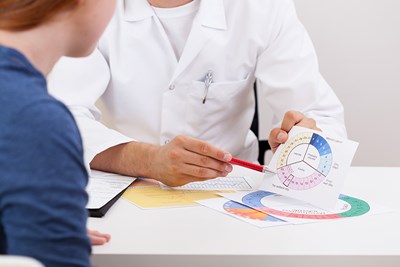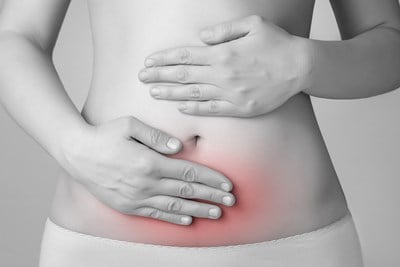Although you may have learned about periods in health class at school, much is still not understood about this biological function by the average person. One reason why periods aren’t very well understood is because they aren’t talked about. Unfortunately, a woman’s menstrual cycle is kind of a taboo topic, but the more you learn about it the more you realize how natural and important it is in regard to a woman’s health. Here is a comprehensive look at periods for your understanding.
What is menstruation?
Menstruation is basically another word for having a period, but what does it mean exactly? When a woman menstruates she sheds a thickened, glandular tissue layer of her uterus that has grown during the menstrual cycle. The shedding is seen as menstrual blood which flows from the uterus, through the cervix, and discharges from the vagina.
What is the menstrual cycle?
It is important to keep in mind that periods are connected to a woman’s reproductive health. Monthly, the female body prepares her uterus for pregnancy during her menstrual cycle. During the cycle, the lining of her uterus will grow a thick tissue layer and an egg is grown. This egg is released from an ovary around day 14 of the cycle when a woman ovulates. The new, thickened lining of the uterus is ready to provide an implanted embryo with nutrients. When pregnancy does not occur during a woman’s menstrual cycle, her body sheds the uterus lining in menstruation.
What are the side effects of menstruation?
The most commonly known side effect of menstruation is premenstrual syndrome (PMS), or the physical and emotional changes that can occur one to two weeks before the first day of menstruation. Symptoms and severity of PMS vary depending on the person, but common symptoms include acne, bloating, sensitive breasts, mood swings, fatigue, and irritability.
Dysmenorrhea, or menstrual cramps, are another side effect of menstruation. Cramps will begin at the start of menstruation and typically last the first few days. Usually, cramps will start one to two years after a woman’s first period and can be felt in the lower abdomen and back. Cramping can be mild to severe, depending on the woman. As she ages, cramping will subside and sometimes stop completely after pregnancy.
What are menstrual disorders?
A period is a sign of a woman’s reproductive health. A change in menstruation could mean there is an underlying problem that needs to be addressed. It’s important to keep track of menstruation to make sure everything is functioning how it should be. Identified menstrual disorders to be aware of include:
- Amenorrhea: If a woman misses 3 periods in a row and or if she is the age of 15 and has not yet had her period, she has amenorrhea. Pregnancy is the most common (and healthy) cause of amenorrhea, but a missing period could also mean there is a problem with the reproductive glands or organs that help regulate hormone levels. If pregnancy is not the cause, you should a doctor for treatment.
- Hypomenorrhea: This condition is marked by an abnormally light flow during periods. What constitutes "light" will vary from woman to woman—highlighting the importance of knowing what's normal or abnormal in your own situation.
- Menorrhagia: This condition leads to abnormally heavy and prolonged flow that sometime is accompanied with painful periods. If you experience extreme pain during menstruation, you should seek medical attention immediately.



